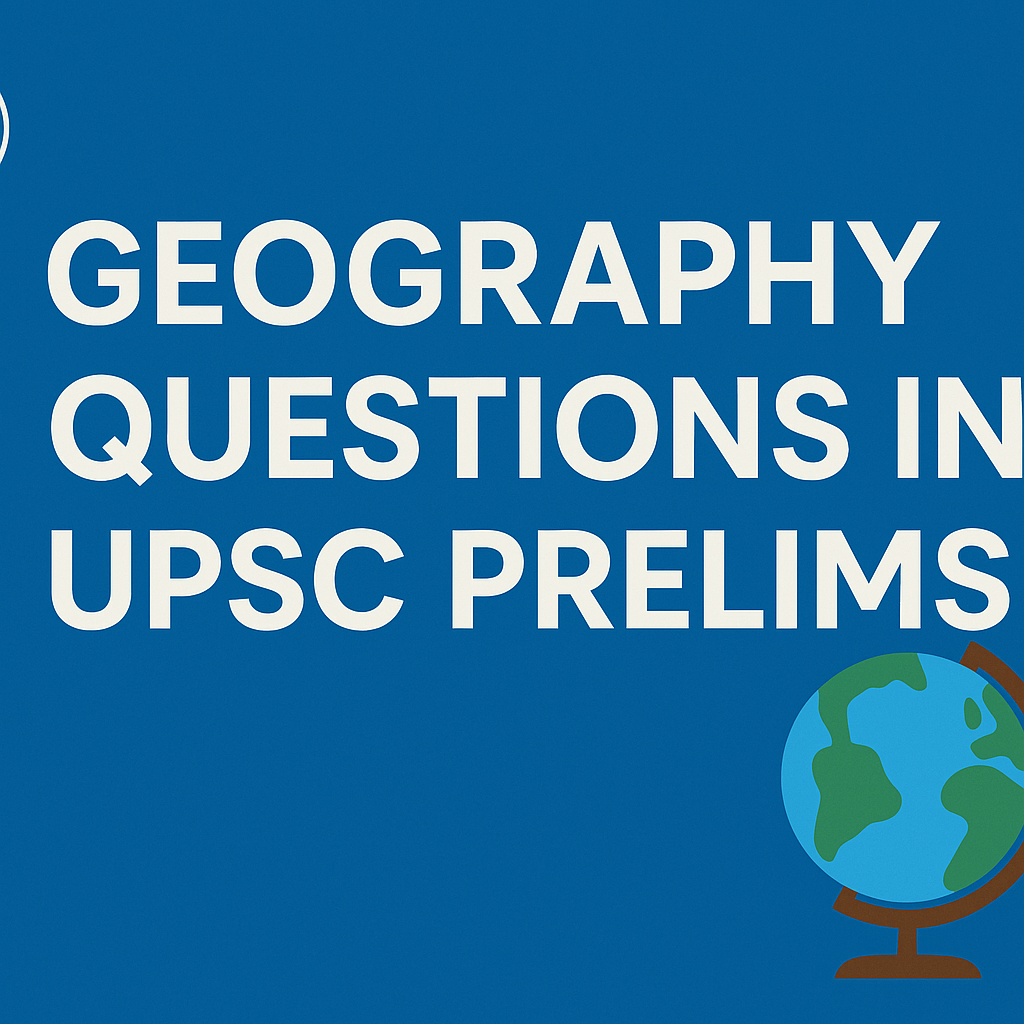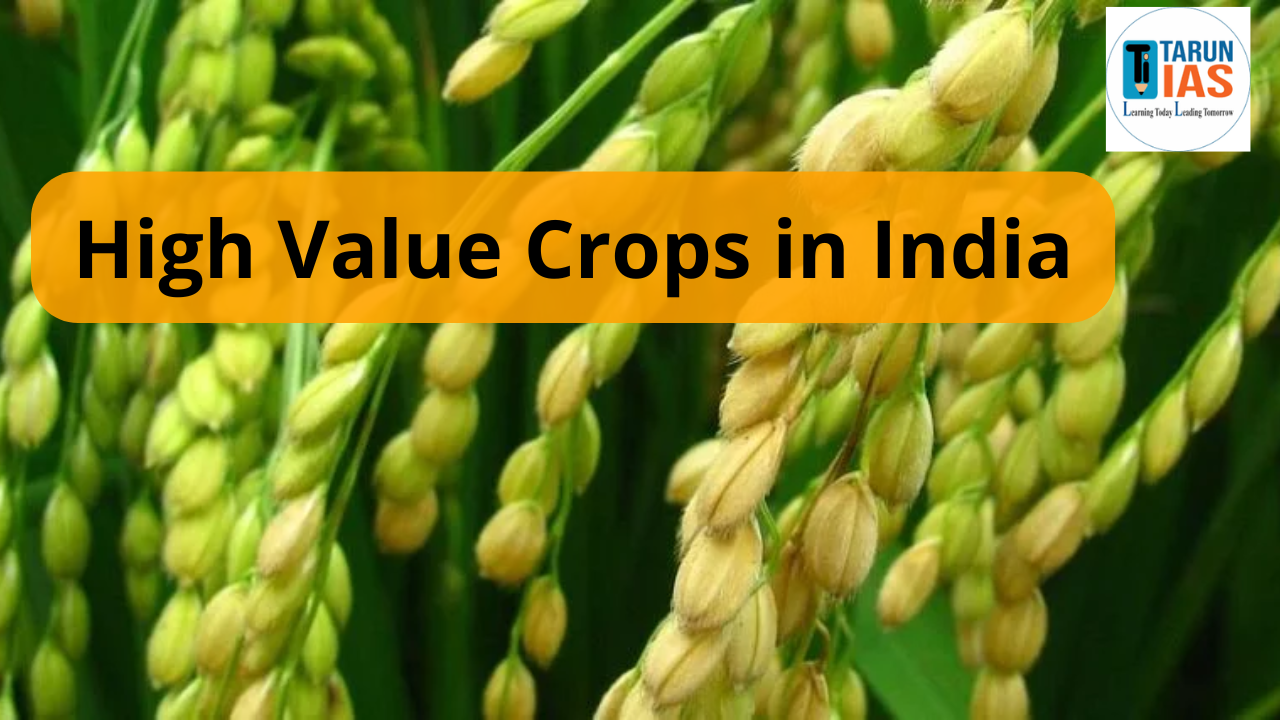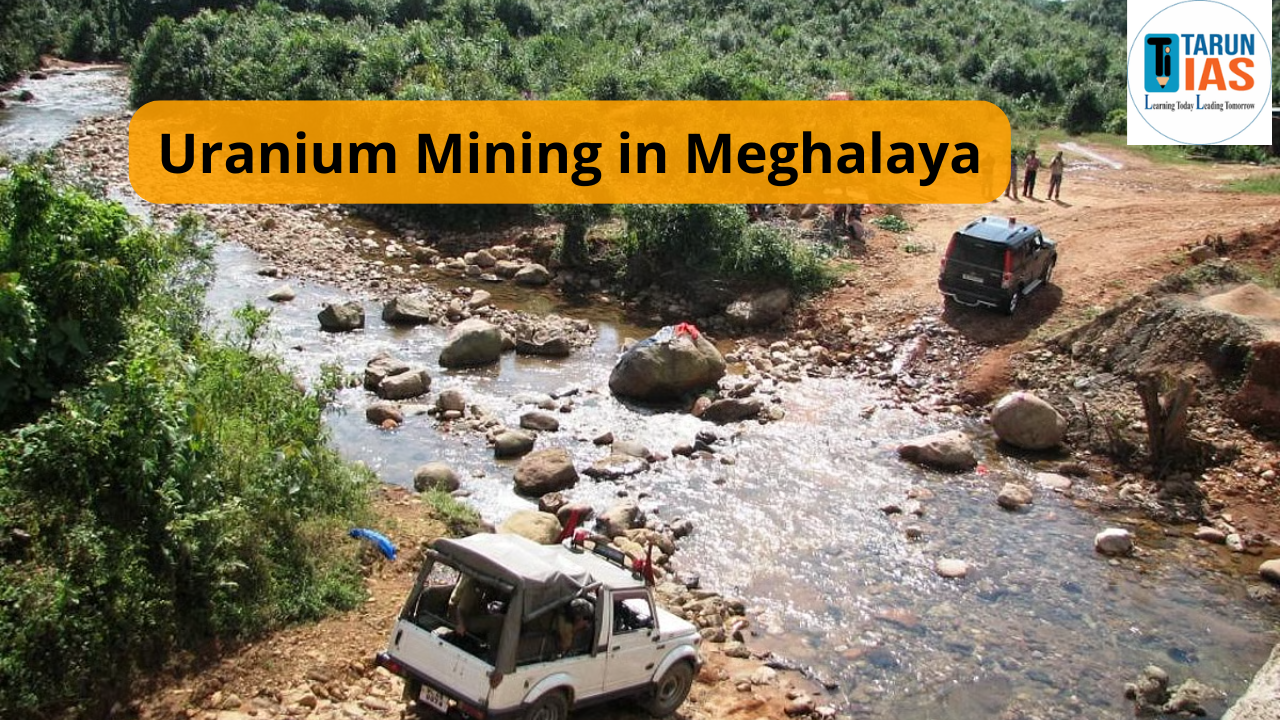The UPSC Prelims examination is one of the most challenging stages in the Civil Services journey, and Geography questions in UPSC Prelims play a pivotal role in determining success. Covering topics from physical to human geography, it demands a strong grasp of both static concepts and current developments. This guide provides an in-depth analysis of the UPSC Prelims Geography syllabus, previous year’s questions, preparation strategies, and essential resources.
Geography for UPSC Prelims Exam Details
Geography forms a significant part of the General Studies (GS) Paper 1 in the Prelims. The subject’s interdisciplinary nature connects physical sciences, social studies, and environmental science, making it crucial for understanding various socio-economic issues. Geography questions in UPSC Prelims 2025 are expected to test candidates on core concepts, map-based knowledge, and dynamic topics related to climate change, urbanization, and resource management.
UPSC Prelims Geography Syllabus
A thorough understanding of the UPSC Prelims Geography syllabus is the first step to effective preparation. The syllabus can be divided into the following categories:
- Physical Geography
- Landforms: Mountains, plateaus, plains, and river systems.
- Climatology: Atmospheric circulation, monsoons, and climatic regions.
- Oceanography: Tides, currents, and marine ecosystems.
- Human Geography
- Population: Demographics, migration, and settlement patterns.
- Urbanization: Urban sprawl, smart cities, and infrastructure challenges.
- Indian Geography
- Physiography: Himalayas, peninsular plateau, and coastal plains.
- Resources: Minerals, water bodies, and agriculture.
- Economic Geography: Industries, trade routes, and energy resources.
- Environmental Geography
- Biodiversity and ecosystems.
- Climate change impacts and mitigation strategies.
- Map-Based Questions
- Locations of national parks, rivers, and world geography landmarks.
UPSC Prelims Geography Book List:
- NCERT textbooks (Classes 6-12): Foundation for conceptual clarity.
- “Certificate Physical and Human Geography” by G.C. Leong.
- “India: A Comprehensive Geography” by D.R. Khullar.
- Atlas: Preferably Oxford or Orient Blackswan for map practice.
Important Geography Topics for UPSC Prelims
For focused preparation, prioritize these high-yield topics:
- Physical Geography: Plate tectonics, earthquakes, and volcanoes.
- Climatology: El Niño, La Niña, and jet streams.
- Indian Geography: Soil types, river systems, and monsoon mechanisms.
- Environmental Issues: Biodiversity hotspots, conservation initiatives, and international conventions like the Paris Agreement.
- Economic Geography: Agricultural patterns and industrial corridors.
UPSC Prelims Geography Preparation Strategy
A robust strategy for tackling Geography questions in UPSC Prelims 2025 involves balancing theoretical knowledge with practical application. Here’s how:
- Understand the Syllabus
- Break down the syllabus into smaller, manageable sections.
- Align static topics with dynamic developments for a holistic understanding.
- Stay Updated with Current Affairs
- Follow newspapers like The Hindu or Indian Express.
- Track government reports and environmental developments.
- Practice Mock Tests and MCQs
- Attempt UPSC Prelims Geography MCQs to improve accuracy and speed.
- Analyze mistakes to identify weak areas.
- Incorporate Map Practice
- Regularly revise maps of India and the world.
- Focus on physiographic features, mineral resources, and important locations.
- Revise Regularly
- Use concise notes and mind maps for quick revisions.
- Ensure at least three rounds of revision before the exam.
UPSC Prelims Geography Paper Highlights
The UPSC Prelims Geography paper often combines static and dynamic questions. For example:
- Static question: “Which of the following soils is found in the Deccan Plateau?”
- Dynamic question: “What is the impact of El Niño on Indian monsoon patterns?”
Candidates should aim to:
- Read questions carefully: Understand the demand before answering.
Eliminate incorrect options: Use logical reasoning to narrow choices.
UPSC Prelims Geography Previous Year Questions
Here are some of the geography questions from the 2024 Prelims, along with their answers:
- Q) The longest border between any two countries in the world is between:
(a) Canada and the United States of America
(b) Chile and Argentina
(c) China and India
(d) Kazakhstan and Russian Federation
Answer: (a) Canada and the United States of America
- Q) Consider the following statements:
- The Red Sea receives very little precipitation in any form.
- No water enters the Red Sea from rivers.
Which of the statements given above is/are correct?
(a) 1 only
(b) 2 only
(c) Both 1 and 2
(d) Neither 1 nor 2
Answer: (c) Both 1 and 2
- Q) Consider the following pairs:
| Region | Name of the mountain range | Type of mountain |
| Central Asia | Vosges | Fold mountain |
| Europe | Alps | Block mountain |
| North America | Appalachians | Fold mountain |
| South America | Andes | Fold mountain |
In how many of the above pairs is the given information correctly matched?
(a) Only one
(b) Only two
(c) Only three
(d) All four
Answer: (b) Only two
- Q) Consider the following:
- Cashew
- Papaya
- Red sanders
How many of the above trees are actually native to India?
(a) Only one
(b) Only two
(c) All three
(d) None
Answer: (a) Only one
Here are some of the notable questions from the 2023 Prelims, along with their answers:
- Q) Consider the following statements:
- Jhelum River passes through Wular Lake.
- Krishna River directly feeds Kolleru Lake.
- Meandering of the Gandak River formed Kanwar Lake.
How many of the statements given above are correct?
(a) Only one
(b) Only two
(c) All three
(d) None
Answer: (b) Only two
Explanation:
Statement 1: Correct. The Jhelum River flows through Wular Lake in Jammu and Kashmir.
Statement 2: Incorrect. Kolleru Lake is primarily fed by the Budameru and Tammileru rivers, not directly by the Krishna River.
Statement 3: Correct. The meandering of the Gandak River has led to the formation of Kanwar Lake in Bihar.
- Q) Consider the following pairs:
| Port | Well Known As |
| Kamarajar Port | First major port in India registered as a company |
| Mundra Port | Largest privately owned port in India |
| Visakhapatnam | Largest container port in India |
How many of the above pairs are correctly matched?
(a) Only one pair
(b) Only two pairs
(c) All three pairs
(d) None of the pairs
Answer: (b) Only two pairs
Explanation:
Kamarajar Port: Correct. It is the first major port in India registered as a company.
Mundra Port: Correct. It is the largest privately owned port in India.
Visakhapatnam: Incorrect. The largest container port in India is Jawaharlal Nehru Port (Nhava Sheva) in Maharashtra.
- Q) Consider the following trees:
- Jackfruit (Artocarpus heterophyllus)
- Mahua (Madhuca indica)
- Teak (Tectona grandis)
How many of the above are deciduous trees?
(a) Only one
(b) Only two
(c) All three
(d) None
Answer: (b) Only two
Explanation:
Jackfruit: Evergreen tree.
Mahua: Deciduous tree.
Teak: Deciduous tree.
- Q) Consider the following statements:
- India has more arable area than China.
- The proportion of irrigated area is more in India as compared to China
- The average productivity per hectare in Indian agriculture is higher than that in China.
How many of the above statements are correct?
(a) Only one
(b) Only two
(c) All three
(d) None
Answer: (a) Only one
Explanation:
Statement 1: Correct. India has a larger arable land area compared to China.
Statement 2: Incorrect. The proportion of irrigated land is higher in China than in India.
Statement 3: Incorrect. China’s average agricultural productivity per hectare is higher than India’s.
- Q) Which one of the following is the best example of repeated falls in sea level, giving rise to present-day extensive marshland?
(a) Bhitarkanika Mangroves
(b) Marakkanam Salt Pans
(c) Naupada Swamp
(d) Rann of Kutch
Answer: (d) Rann of Kutch
Explanation:
The Rann of Kutch in Gujarat is an extensive salt marsh formed due to repeated fluctuations in sea levels over geological time periods.
- Q) Ilmenite and rutile, abundantly available in certain coastal tracts of India, are rich sources of which one of the following?
(a) Aluminium
(b) Copper
(c) Iron
(d) Titanium
Answer: (d) Titanium
Explanation:
Ilmenite and rutile are titanium-bearing minerals found abundantly in the coastal sands of Kerala, Tamil Nadu, and Odisha.
Analyzing Geography Questions in UPSC Prelims Previous Years
A careful study of Geography questions in UPSC Prelims previous year reveals recurring patterns. Questions often test:
- Conceptual clarity (e.g., causes of desertification).
- Analytical skills (e.g., interpreting climatic graphs).
- Factual knowledge (e.g., locations of UNESCO World Heritage Sites).
For example, in recent years, candidates encountered questions about:
- Identifying the correct sequence of rivers.
- Characteristics of tropical and temperate forests.
- Trends in urbanization and population growth.
Analyzing these trends helps prioritize Important Geography topics for UPSC Prelims while avoiding unnecessary distractions.
Preparing for Geography questions in UPSC Prelims 2025 demands a systematic approach, integrating foundational knowledge with current updates. Understanding the UPSC Prelims Geography syllabus, analyzing previous year’s questions, and following a targeted preparation strategy are key to success. By leveraging standard resources, practicing mock tests, and regularly revising, aspirants can excel in the UPSC Prelims Geography paper and advance confidently toward their Civil Services goals.
Geography Questions in UPSC Prelims
What are the important Geography topics for UPSC Prelims 2025?
Key topics include plate tectonics, monsoons, Indian river systems, soil types, climate change, biodiversity, and industrial corridors. Map-based questions on national parks and rivers are also significant.
How can I prepare for Geography questions in UPSC Prelims?
Focus on the syllabus, study NCERTs and standard books, practice maps, solve previous year papers, and take mock tests. Regular revision and staying updated on current affairs are essential.
Where can I find previous year Geography questions for UPSC Prelims?
Previous year Geography questions are available in UPSC’s official papers, coaching materials, and books like Arihant's UPSC Solved Papers. These help identify trends and key topics.
Which books are best for Geography preparation for UPSC Prelims?
NCERT textbooks (6–12), G.C. Leong’s "Certificate Physical and Human Geography," D.R. Khullar’s "India: A Comprehensive Geography," and an Oxford or Orient Blackswan Atlas are recommended.
What is the weightage of Geography in the UPSC Prelims exam?
Geography accounts for about 10–15 questions in General Studies Paper 1, covering static concepts like landforms and dynamic issues like climate change and resource management.















